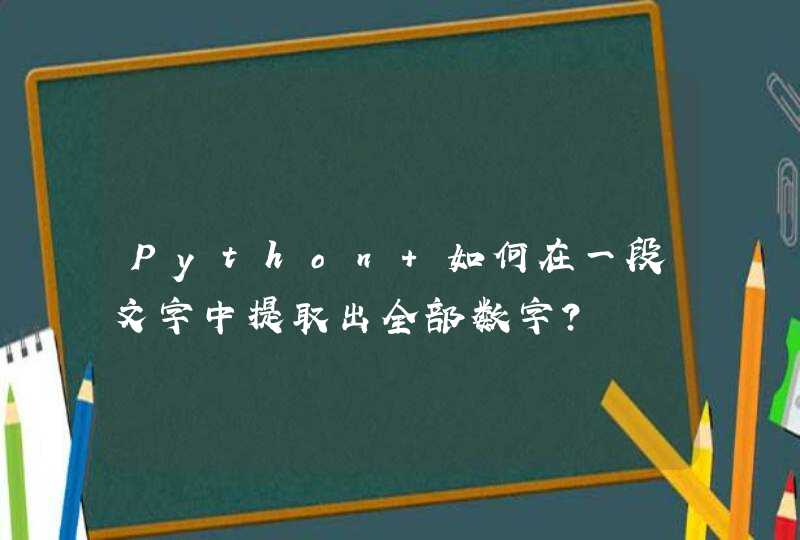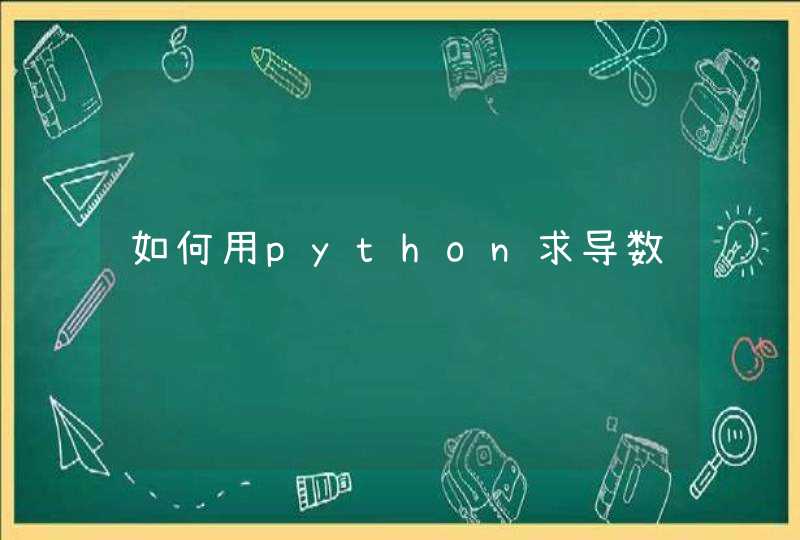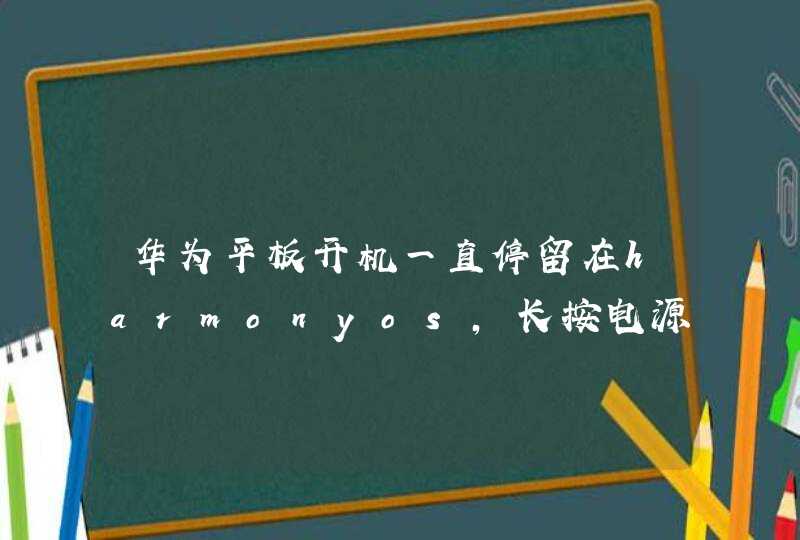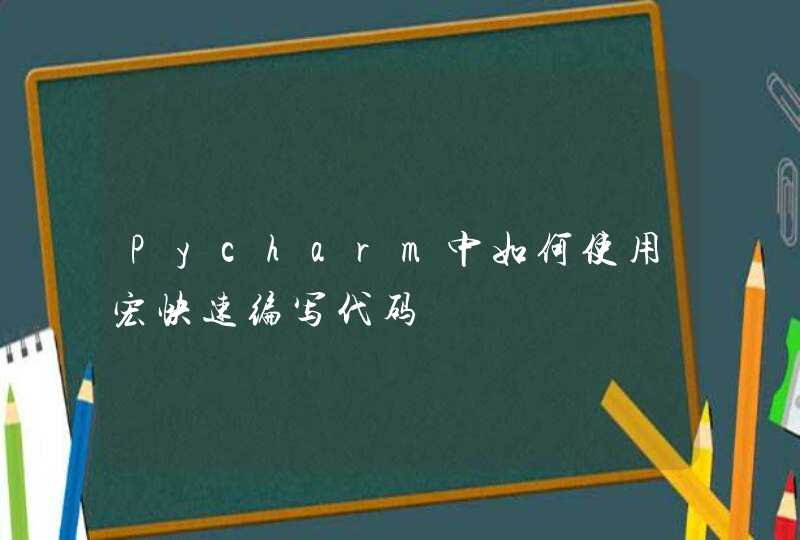
功 能: 在串中查找指定字符的最后一个出现
用 法: char *strrchr(char *str, char c)
举例:
[cpp] view plain copy
char fullname="./lib/lib1.so"
char *ptr
ptr = strrchr(fullname,'/')
printf("filename is %s",++ptr)
//运行结果:filename is lib1.so
函数名: strchr
功 能: 在串中查找指定字符的第一个出现
用 法: char *strchr(char *str, char c)
举例:
[cpp] view plain copy
char fullname="./lib/lib1.so"
char *ptr
ptr = strrchr(fullname,'.')
printf("after strchr() is %s",++ptr)
//运行结果:after strchr() is /lib/lib1.so
函数名: strtok
功 能: 在串中查找指定字符的第一个出现
用 法: char *strtok(char *s, char *delim)
说明:
1.strtok函数的实质上的处理是,strtok在s中查找包含在delim中的字符并用NULL(’/0′)来替换,直到找遍整个字符串。这句话有两层含义:(1)每次调用strtok函数只能获得一个分割单位。(2)要获得所有的分割单元必须反复调用strtok函数。
2.strtok函数以后的调用时的需用NULL来替换s.
3.形参s(要分割的字符串)对应的变量应用char s[]=”….”形式,而不能用char *s=”….”形式。
举例:
[cpp] view plain copy
void main()
{
char buf[]=”Golden Global View”
char* token = strtok( buf, ” “)
while( token != NULL )
{
printf( ”%s “, token )
token = strtok( NULL, ” “)
}
return 0
}
/*其结果为:
Golden
Global
View
*/
函数名:strncpy
功能:把src所指由NULL结束的字符串的前n个字节复制到dest所指的数组中
用法:char *strncpy(char *dest, char *src, int n)
说明:
如果src的前n个字节不含NULL字符,则结果不会以NULL字符结束。
如果src的长度小于n个字节,则以NULL填充dest直到复制完n个字节。
src和dest所指内存区域不可以重叠且dest必须有足够的空间来容纳src的字符串。
返回指向dest的指针。
举例:
[c-sharp] view plain copy
#include <syslib.h>
#include <string.h>
main()
{
char buf[4]
char *s="abcdefg"
strncpy(buf,s,4)
printf("%s/n",buf)
return 0
}
/*运行结果:
abcd
*/
函数名: stpcpy
功 能: 拷贝一个字符串到另一个
用 法: char *stpcpy(char *destin, char *source)
举例:
[cpp] view plain copy
#include <stdio.h>
#include <string.h>
int main(void)
{
char string[10]
char *str1 = "abcdefghi"
stpcpy(string, str1)
printf("%s/n", string)
return 0
}
/*运行结果
abcdefghi
*/
函数名: strcat
功 能: 字符串拼接函数
用 法: char *strcat(char *destin, char *source)
举例:
[cpp] view plain copy
#include <string.h>
#include <stdio.h>
int main(void)
{
char destination[25]
char *blank = " ", *c = "C++", *Borland = "Borland"
strcpy(destination, Borland)
strcat(destination, blank)
strcat(destination, c)
printf("%s/n", destination)
return 0
}
/*运行结果:
Borland C++
*/
函数名: strcmp
功 能: 串比较
用 法: int strcmp(char *str1, char *str2)
看Asic码,str1>str2,返回值 >0;两串相等,返回0
举例:
[cpp] view plain copy
#include <string.h>
#include <stdio.h>
int main(void)
{
char *buf1 = "aaa", *buf2 = "bbb";
int ptr
ptr = strcmp(buf2, buf1)
if (ptr >0)
printf("buffer 2 is greater than buffer 1/n")
else if(ptr <0)
printf("buffer 2 is less than buffer 1/n")
else
printf("buffer 2 is equal with buffer 1/n")
return 0
}
/*运行结果:
buffer 2 is greater than buffer 1
*/
函数名: strncmpi
功 能: 将一个串中的一部分与另一个串比较, 不管大小写
用 法: int strncmpi(char *str1, char *str2, unsigned maxlen)
举例:
[cpp] view plain copy
#include <string.h>
#include <stdio.h>
int main(void)
{
char *buf1 = "BBB", *buf2 = "bbb"
int ptr
ptr = strcmpi(buf2, buf1)
if (ptr >0)
printf("buffer 2 is greater than buffer 1/n")
if (ptr <0)
printf("buffer 2 is less than buffer 1/n")
if (ptr == 0)
printf("buffer 2 equals buffer 1/n")
return 0
}
函数名: strcspn
功 能: 在串中查找第一个给定字符集内容的段
用 法: int strcspn(char *str1, char *str2)
举例:
[cpp] view plain copy
#include <stdio.h>
#include <string.h>
#include <alloc.h>
int main(void)
{
char *string1 = "1234567890"
char *string2 = "747DC8"
int length
length = strcspn(string1, string2)
printf("Character where strings intersect is at position %d/n", length)
return 0
}
函数名: strdup
功 能: 将串拷贝到新建的位置处
用 法: char *strdup(char *str)
举例:
[cpp] view plain copy
#include <stdio.h>
#include <string.h>
#include <alloc.h>
int main(void)
{
char *dup_str, *string = "abcde"
dup_str = strdup(string)
printf("%s/n", dup_str)
free(dup_str)
return 0
}
函数名: stricmp
功 能: 以大小写不敏感方式比较两个串
用 法: int stricmp(char *str1, char *str2)
举例:
[cpp] view plain copy
#include <string.h>
#include <stdio.h>
int main(void)
{
char *buf1 = "BBB", *buf2 = "bbb"
int ptr
ptr = stricmp(buf2, buf1)
if (ptr >0)
printf("buffer 2 is greater than buffer 1/n")
if (ptr <0)
printf("buffer 2 is less than buffer 1/n")
if (ptr == 0)
printf("buffer 2 equals buffer 1/n")
return 0
}
函数名: strerror
功 能: 返回指向错误信息字符串的指针
用 法: char *strerror(int errnum)
举例:
[cpp] view plain copy
#include <stdio.h>
#include <errno.h>
int main(void)
{
char *buffer
buffer = strerror(errno)
printf("Error: %s/n", buffer)
return 0
}
函数名: strncmp
功 能: 串比较
用 法: int strncmp(char *str1, char *str2, int maxlen)
举例:
[cpp] view plain copy
#include <string.h>
#include <stdio.h>
int main(void)
{
char *buf1 = "aaabbb", *buf2 = "bbbccc", *buf3 = "ccc"
int ptr
ptr = strncmp(buf2,buf1,3)
if (ptr >0)
printf("buffer 2 is greater than buffer 1/n")
else
printf("buffer 2 is less than buffer 1/n")
ptr = strncmp(buf2,buf3,3)
if (ptr >0)
printf("buffer 2 is greater than buffer 3/n")
else
printf("buffer 2 is less than buffer 3/n")
return(0)
}
函数名: strncmpi
功 能: 把串中的一部分与另一串中的一部分比较, 不管大小写
用 法: int strncmpi(char *str1, char *str2, int len)
举例:
[cpp] view plain copy
#include <string.h>
#include <stdio.h>
int main(void)
{
char *buf1 = "BBBccc", *buf2 = "bbbccc"
int ptr
ptr = strncmpi(buf2,buf1,3)
if (ptr >0)
printf("buffer 2 is greater than buffer 1/n")
if (ptr <0)
printf("buffer 2 is less than buffer 1/n")
if (ptr == 0)
printf("buffer 2 equals buffer 1/n")
return 0
}
函数名: strnset
功 能: 将一个串中的所有字符都设为指定字符
用 法: char *strnset(char *str, char ch, unsigned n)
举例:
[cpp] view plain copy
#include <stdio.h>
#include <string.h>
int main(void)
{
char *string = "abcdefghijklmnopqrstuvwxyz"
char letter = 'x'
printf("string before strnset: %s/n", string)
strnset(string, letter, 13)
printf("string after strnset: %s/n", string)
return 0
}
函数名: strpbrk
功 能: 在串中查找给定字符集中的字符
用 法: char *strpbrk(char *str1, char *str2)
举例:
[cpp] view plain copy
#include <stdio.h>
#include <string.h>
int main(void)
{
char *string1 = "abcdefghijklmnopqrstuvwxyz"
char *string2 = "onm"
char *ptr
ptr = strpbrk(string1, string2)
if (ptr)
printf("strpbrk found first character: %c/n", *ptr)
else
printf("strpbrk didn't find character in set/n")
return 0
}
函数名: strrev
功 能: 串倒转
用 法: char *strrev(char *str)
举例:
[cpp] view plain copy
#include <string.h>
#include <stdio.h>
int main(void)
{
char *forward = "string"
printf("Before strrev(): %s/n", forward)
strrev(forward)
printf("After strrev(): %s/n", forward)
return 0
}
/*运行结果:
Before strrev(): string
After strrev(): gnirts
*/
函数名: strstr
功 能: 在串中查找指定字符串的第一次出现
用 法: char *strstr(char *str1, char *str2)
举例:
[cpp] view plain copy
#include <stdio.h>
#include <string.h>
int main(void)
{
char *str1 = "Borland International", *str2 = "nation", *ptr
ptr = strstr(str1, str2)
printf("The substring is: %s/n", ptr)
return 0
}
函数名: strtod
功 能: 将字符串转换为double型值
用 法: double strtod(char *str, char **endptr)
举例:
[cpp] view plain copy
#include <stdio.h>
#include <stdlib.h>
int main(void)
{
char input[80], *endptr
double value
printf("Enter a floating point number:")
gets(input)
value = strtod(input, &endptr)
printf("The string is %s the number is %lf/n", input, value)
return 0
}
函数名: strtol
功 能: 将串转换为长整数
用 法: long strtol(char *str, char **endptr, int base)
举例:
[cpp] view plain copy
#include <stdlib.h>
#include <stdio.h>
int main(void)
{
char *string = "87654321", *endptr
long lnumber
/* strtol converts string to long integer */
lnumber = strtol(string, &endptr, 10)
printf("string = %s long = %ld/n", string, lnumber)
return 0
}
函数名: strupr
功 能: 将串中的小写字母转换为大写字母
用 法: char *strupr(char *str)
举例:
[cpp] view plain copy
#include <stdio.h>
#include <string.h>
int main(void)
{
char *string = "abcdefghijklmnopqrstuvwxyz", *ptr
/* converts string to upper case characters */
ptr = strupr(string)
printf("%s/n", ptr)
return 0
}
对栈顶的两个值(或者一个,比如取反)做一次数学或位操作。 其中,栈顶的那个值是第二个操作数。 它会弹出压入的值,并把结果放在栈顶。 这个函数遵循 L ua 对应的操作符设置一个新的 panic 函数,并返回之前设置的那个。
调用一个函数。
要调用一个函数请遵循以下协议: 首先,要调用的函数应该被压入栈; 接着,把需要传递给这个函数的参数按正序压栈; 这是指第一个参数首先压栈。 最后调用一下 lua_call; nargs 是你压入栈的参数个数。 当函数调用完毕后,所有的参数以及函数本身都会出栈。 而函数的返回值这时则被压栈。 返回值的个数将被调整为 nresults 个, 除非 nresults 被设置成 LUA_MULTRET。 在这种情况下,所有的返回值都被压入堆栈中。 Lua 会保证返回值都放入栈空间中。 函数返回值将按正序压栈(第一个返回值首先压栈), 因此在调用结束后,最后一个返回值将被放在栈顶。
被调用函数内发生的错误将(通过 longjmp )一直上抛。
为了正确的和 Lua 通讯, C 函数必须使用下列协议。 这个协议定义了参数以及返回值传递方法: C 函数通过 Lua 中的栈来接受参数, 参数以正序入栈(第一个参数首先入栈)。 因此,当函数开始的时候, lu a_gettop(L) 可以返回函数收到的参数个数。 第一个参数(如果有的话)在索引 1 的地方, 而最后一个参数在索引 lua_gettop(L) 处。 当需要向 Lu a 返回值的时候, C 函数只需要把它们以正序压到堆栈上(第一个返回值最先压入), 然后返回这些返回值的个数。 在这些返回值之下的,堆栈上的东西都会被 L ua 丢掉。 和 L ua 函数一样,从 Lua 中调用 C 函数也可以有很多返回值。



































































